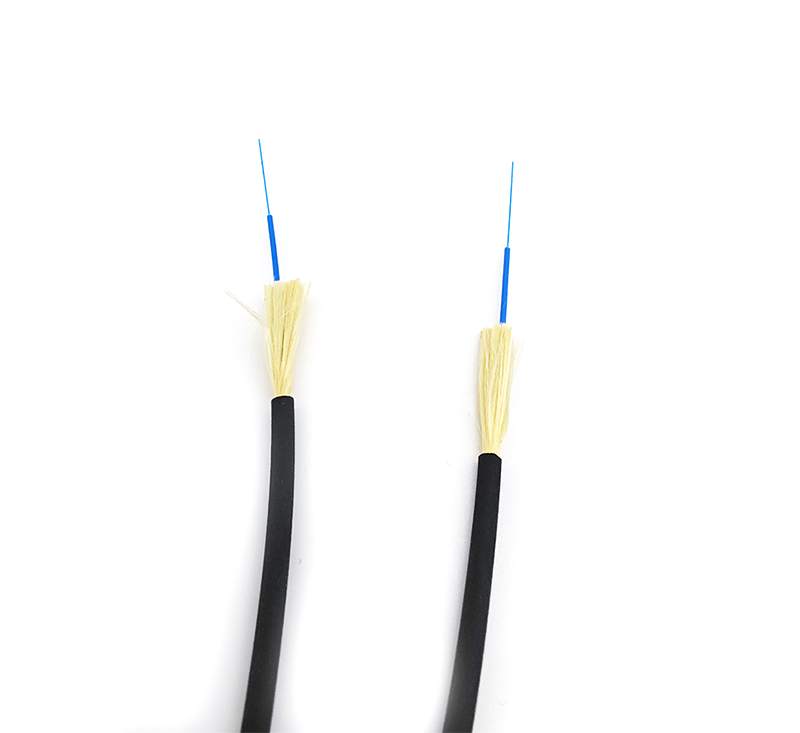1. Line failure: The most common case of line failure is that the line is blocked. To diagnose this kind of failure, ping can be used to check whether the router port at the far end of the line can still respond, or to detect whether the traffic on the line still exists. Once it is found that the remote router port is blocked, or the line has no traffic, the line may be faulty. There are several ways to deal with this. The first is to ping the router ports at both ends of the line to check whether the ports at both ends are closed. If one of the ports does not respond, it may be a router port failure. If the near-end port is closed, you can check whether the port plug is loose and whether the router port is in the down state; if the far-end port is closed, notify the other party of the line to check. After these troubleshooting, the line is often unobstructed. If the line is still blocked, one possibility is the problem of the line itself, to see if the line is cut off in the middle; another possibility is that the router is configured incorrectly, such as a routing loop. That is, the remote port routing points to the near end of the line, so that the network connected to the far end of the line
The user will not be able to get through, this kind of failure can be diagnosed with traceroute. The solution to the routing loop is to reconfigure the static routing or dynamic routing of the router port.
2. Router failure: In fact, many cases of line failures involve routers, so some line failures can also be attributed to router failures. However, the line involves routers at both ends, so multiple routers are involved when considering a line failure. Some router faults only involve itself. These faults are more typical of router CPU temperature is too high, CPU utilization is too high, and router memory margin is too small. The most dangerous of these is the overheating of the router's CPU, as this can cause the router to burn out. However, the high CPU utilization of the router and the small memory margin of the router will directly affect the quality of network services. For example, the packet loss rate on the router will increase with the decrease of the memory margin. To detect this type of fault, it is necessary to use the MIB variable browser tool to read the relevant data from the router MIB variable. Usually, the network management system has a special management process to continuously detect the key data of the router and give timely feedback. Call the police. To solve this kind of failure, the only way is to upgrade the router, expand the memory, etc., or re-plan the network topology. Another type of router failure is a misconfiguration of itself. For example, the configured protocol type is incorrect, and the configured ports are not equal. This kind of failure is relatively rare, and basically it will not occur if the router is configured in the early stage of use.

3. Host failure: The common phenomenon of host failure is improper configuration of the host. For example, the IP address configured by the host conflicts with other hosts, or the IP address is not in the subnet range at all, which will cause the host to fail to connect. For example, the network segment range of Taizhou Radio Management Office is 172.17.14.1—172.17.14.253, so the host address is only valid if it is set within this range. There are also glitches in some service settings. For example, the improper setting of the E-mail server will result in the inability to send and receive E-mails, or the improper setting of the domain name server will result in the inability to resolve the domain name. Another possibility for a host failure is a host security failure. For example, the host does not control redundant services such as finger, rpc, and rlogin on it. Malicious attackers can attack the host through the normal services or bugs of these redundant processes, and even obtain superuser privileges of the host.
4. Other failures of the host: for example, improper sharing of the local hard disk, etc., will cause malicious attackers to illegally use the resources of the host. It is difficult to detect host failures, especially malicious attacks by others. Generally, possible vulnerabilities can be prevented by viewing the traffic of the host, or scanning the host ports and services. When it is found that the host is attacked, the possible vulnerabilities should be analyzed immediately, and preventive measures should be taken, and the network administrators should be notified at the same time. Now, all cities have installed firewalls. If the firewall address permissions are not properly set, it will also cause network connection failures. As long as you pay attention when setting and using firewalls, such failures can be solved.










